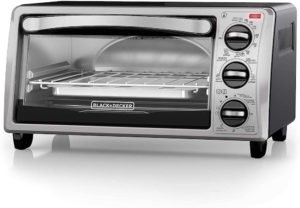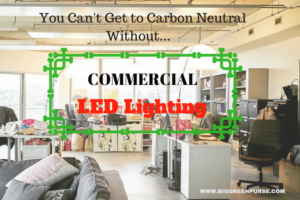Compact Fluorescent Light bulbs (CFLs) began appearing on the market in the 1980s as a more energy-efficient solution to incandescent bulbs. Their smaller size and brighter light suited a wide variety of environments while conserving energy. I bought my first CFLs in 1985, and until recently, kept buying them because they saved me so much money as well as energy.

A Different Type of Mechanism Makes LEDs Better than CFLs
To be able to understand why LEDs have an edge over CFLs, consider the different ways in which the lights function.
With CFLs, electricity passes through a mixture of gases – generally magnesium and argon – which are contained in a thin glass tube, the inside of which has been coated with a special phosphorous powder. The electrical current stimulates and excites the gas within the tube, which then emits energy that passes through the phosphorous coating in the form of visible light.
LEDs are not manufactured with any type of gas or conductive filament. Instead, they rely on a semiconductor material. As electricity travels through this material, its electrons start moving at a faster rate, releasing energy perceived as light.
Because of the nature of the semiconductor, LEDs are more durable than CFLs, marking what has become one of the most important advantages they offer. Plus:
- Lower Cost Over the Long Term – Although it may appear that the initial investment into LED lighting is higher than that of CFLs, the long-term savings can be quite substantial, mostly due to the number of operating hours each type of bulb can provide. While CFLs have a useful life of up to 10,000 hours, LEDs can provide as much as 5 times that amount, meaning the need for replacement bulbs will decrease exponentially over a long period of time, cutting costs significantly.
- Color Availability – CFLs can only produce two colors, a cold bluish type of light, and a warmer yellower type. In stark contrast, LEDs can be manufactured in almost any color imaginable, allowing them to serve a wider range of functions and situations, making them adaptable to every possible need. Sites such as HitLights offers a selection of colorful LED lighting for any given occasion.
- A Lower Rate of Energy Consumption – Even though CFLs save a good amount of energy when compared to incandescent bulbs, LEDs are king when it comes to energy efficiency. For example, an LED bulb will use 300 kilowatt hours of electricity during its 17-year lifespan. At 20 cents per kilowatt hour, calculated SFGate.com, the lifetime electricity cost of an LED bulb is $60. You would need five CFLs to match the lifespan of one LED bulb, during which time those five CFLs would use 600 kilowatt hours of electricity at a cost of $140. No contest!
- Outdoor Lighting – LEDs are preferred outdoors because they enhance the look of different environments. Says lighting specialist Bruce Paul of Passion Lighting, “Landscape lighting has completely gone from non-LED to LED, bringing with it an energy reduction of around 80 percent. And, the amount of light you receive is unbelievable.”
- No Mercury – Some consumers worry about CFLs because they contain a very tiny amount of mercury, a toxic metal that has been linked to a variety of illnesses. Though we are exposed to more mercury as a by-product of burning coal, people still don’t like the idea of bringing mercury into their home. There’s no mercury in LEDs.
- Size – LEDs come in a wide variety of sizes, including very small sizes that perfectly accommodate down-facing lights as well as lamps and ceiling fixtures.
- LEDs are Cool – Actually, they’re cooler than CFLS. That’s because LEDs convert most of the electricity they use into light. Incandescents, and CFLs to a lesser degree, convert the electricity they use into heat. Try touching an incandescent after it’s been on for a while and you’ll see what I mean.
When it comes to durability, maintenance, and environmental impact, LEDs are leading the way into a new age of safe and efficient lighting, one which consumers are getting to know and appreciate more than any other before it.
















